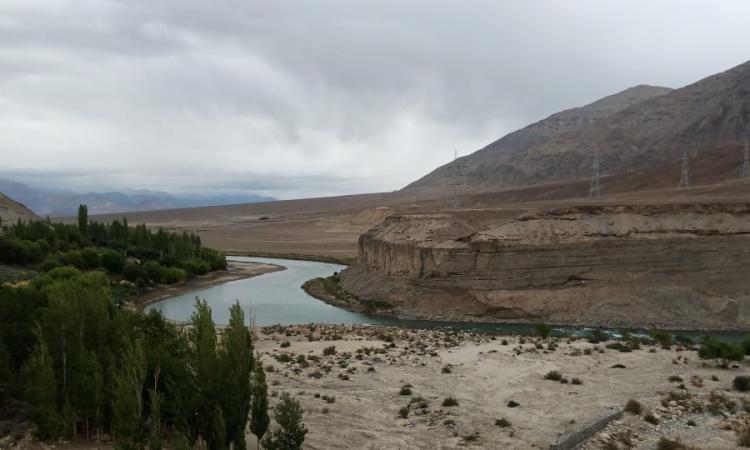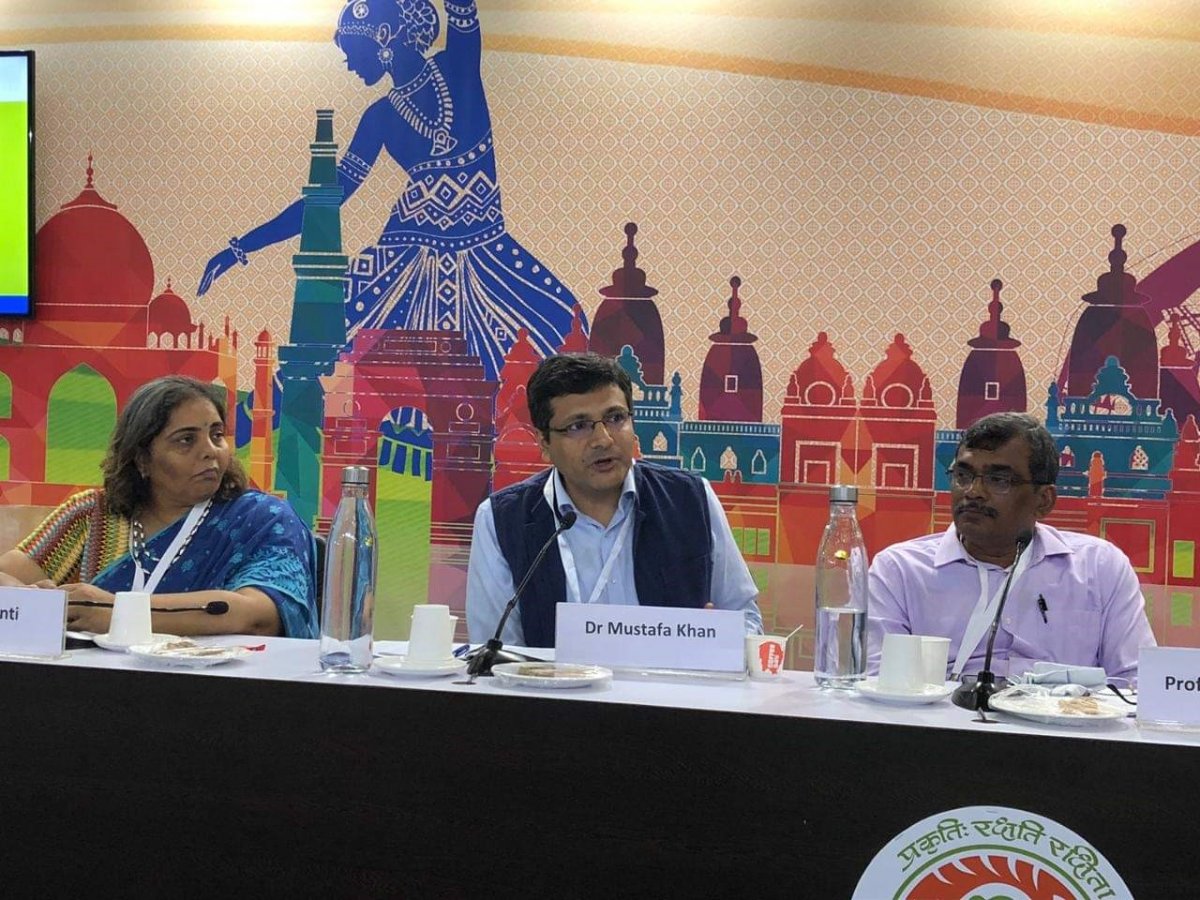
Greater Noida, September 5 (India Science Wire): Degradation of land, which leads to the process of desertification, is not limited to arid and semi-arid areas but is also visible in high altitude regions that get very little rainfall and are known as cold deserts.
In cold desert regions in India, the expanse of deserts appears to be growing because of deglaciation or progressive melting of glaciers due to climate change, experts have warned. In order to understand different aspects of this phenomenon, more indepth research studies are needed and local communities should be encouraged to take up adaptation measures.
"There is clear evidence, direct and indirect, of desertification increasing in the trans-Himalayan regions in the form of shifting treelines, migrating dunes and changes in soil moisture levels," observed Prof A L Ramanathan, glaciologist from the Jawaharlal Nehru University (JNU), while speaking at a panel discussion on cold desertification at the India Pavilion at the ongoing Conference of Parties (CoP) of the UN Convention on Control of Desertification (UNCCD) here.
The data from the India Meteorological Department's (IMD) station in Leh shows a shift in precipitation from winter to summer which sometimes leads to a very high and intense rainfall causing flashfloods, cloud burst etc. "Such events give rise to the erosion of the fertile soil, destruction of agriculture lands as well as trees and forests in a region where the vegetation is sparse. This converts fertile lands to barren, non-productive ones," he explained.
Almost 80% of the glaciers in the Ladakh region are very small (less than one square kilometer) but are critical as local communities are entirely dependent on glacier and snow melt. "We have found negative mass balance of glaciers in the last two decades, primarily because of inadequate winter precipitation. Because of this, the region faces drought like conditions during early cropping season," Professor Ramanathan said. In addition, tourism is causing further depletion of the water table and destruction of marsh lands, springs and wetlands.

About 80% of the cold desert region in India is in the union territory of Ladakh, while the rest is in Himachal Pradesh and Uttarakhand. The melting of glaciers will lead to excess water in the intermediate time period, while in the long term it will cause shortages. Therefore, adaptation in cold deserts and mountains is a challenge.
"Glaciers are an important source of water in the Trans Himalaya cold deserts and are being impacted by climate change. In a water scarce region like Ladakh, local communities are already taking initiatives such as building ice reservoirs to provide water for irrigation and households during periods of scarcity," pointed out Dr Mustafa Ali Khan, Team Leader, Indian Himalayas Climate Adaptation Progarmme (IHCAP).
The ice reservoirs are based on the concept of slowing the movement of water so that it freezes in layers and solid ice blocks get accumulated during autumn and winter seasons. During spring, while the glacier melt waters are yet to arrive in valleys the ice reservoirs located lower altitudes start to melt and provide water for crops.
"Though ice reservoirs alleviate water shortage, the argument whether these may called adaptation solutions or not is yet to be settled. It is argued that ice reservoirs do not help the community to use lesser amount of water, which would be the ideal adaptation, but have only helped in postponing the problem to a future date," added Dr Khan. The discussion was organized by CMS Vatavaran. (India Science Wire)